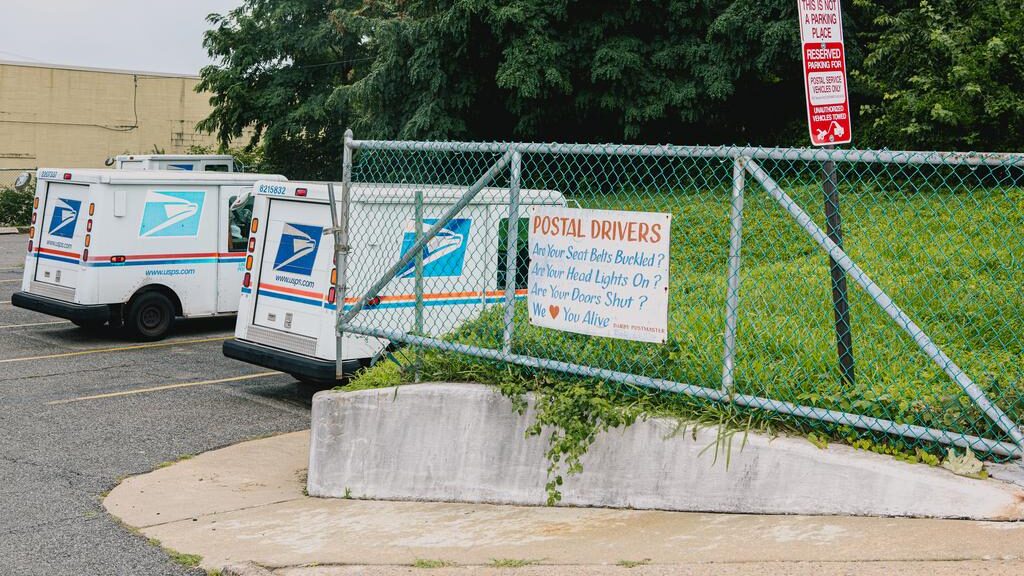Article originally published in the Philadelphia Business Journal on February 8, 2021.
Companies that thrive over the long term have one thing in common – they provide those they serve a great customer experience. With all its competition, you would think that the United States Postal Service would recognize this. Providing a great customer experience is not part of the mindset of USPS leadership, and this phrase is not in their lexicon.
The mission of USPS, as stated in the Postal Reorganization Act of 1970, is to “provide the nation with reliable, affordable universal mail service…” Nowhere in the mission statement are the words, “provide a great customer experience.” This mission statement was perhaps adequate 50 years ago when people had no alternative to USPS. Today, it falls woefully short.
The USPS board of governors, who are presidential appointees, appointed Louis DeJoy as the new Postmaster General and CEO in May 2020. Rather than gear up for the expected onslaught of mail-in ballots for the November election, DeJoy announced cost saving measures that jeopardized the timely delivery of these ballots. It was only through intense public and Congressional pressure as well as the herculean effort by overworked and under-appreciated USPS employees that the late delivery of mail-in ballots wasn’t worse.
When criticized by both Republican and Democratic members of Congress for reducing mail-handling capacity, DeJoy defended his actions , stating, “[These are] immediate steps to better adhere to our existing operating plans… By running our operations on time and on schedule, and by not incurring unnecessary overtime or other costs, we will enhance our ability to be sustainable and to be able to continue to provide high-quality, affordable service.” Did DeJoy have a plan to make USPS better able to compete in a very competitive marketplace?
Customer experience is terrible with the USPS. Many people experienced a delay in receiving holiday greeting cards in December. I was still receiving cards mailed in mid-December as late as the third week in January. USPS knows that there is always a surge in mail in the weeks prior to Christmas. Why cut capacity just before this time of heavy demand? Why doesn’t the USPS board of governors hold DeJoy accountable for providing its customers a great customer experience?
A graph in a Wall Street Journal article dated Feb. 2 shows the percentage on-time delivery for first-class mail, marketing mail and periodicals for the past 13 months. About 90% of first-class mail was delivered on-time from January through July 2020. This fell to about 85% from August through November. On-time delivery then plummeted to about 62% from December through January 2021.
Andy Grove, the former chairman and CEO of Intel, the corporation that develops and manufactures the semiconductor microprocessors that power the personal computer industry, once said, “Only the paranoid survive.” This is certainly not the mindset of DeJoy or the USPS board of governors, and they are losing business because of it.
With the growth in email and the growing popularity of paying bills online, it is inevitable that USPS would lose business. The agency needs to better compete against FedEx and UPS in the document and parcel delivery market.
If I need to send an important document, I always send it via FedEx or UPS because they are more reliable than USPS. I never receive an important document sent via USPS – it always arrives by one of these two private carriers. Companies compete by favorably differentiating themselves against their competition. USPS is doing the opposite.
In 2020, USPS had a net loss of $9 billion on revenues of $73 billion. The agency is burdened with the Postal Accountability and Enhancement Act passed by Congress in 2006 that requires USPS to fund post-retirement medical benefits for their employees 75 years into the future, severely reducing resources needed to effectively compete in today’s market. No other federal agency or business in the private sector has this very onerous requirement. Congress needs to put USPS on the same footing as its competitors.
Over the years, there has been lots of talk about privatizing USPS. Regardless of whether it’s privatized, its most important imperatives are changes in the post-retirement benefit funding requirement and a cultural change in the mindset of its leadership and board of governors. Without these changes, USPS will not be able to compete and will continue to lose market share and money.
Stan Silverman is founder and CEO of Silverman Leadership and author of “Be Different! The Key to Business and Career Success.” He is also a speaker, advisor and widely read nationally syndicated columnist on leadership, entrepreneurship and corporate governance. He can be reached at Stan@SilvermanLeadership.com.

